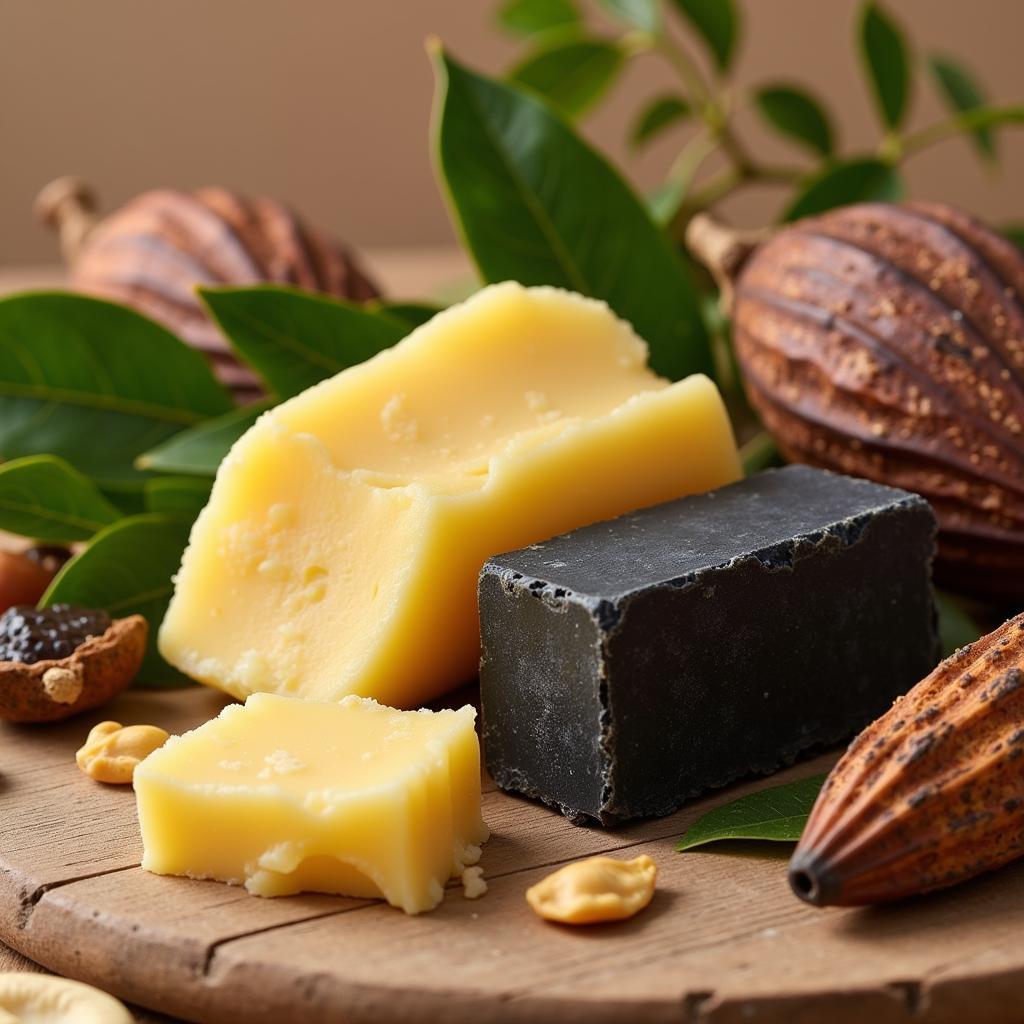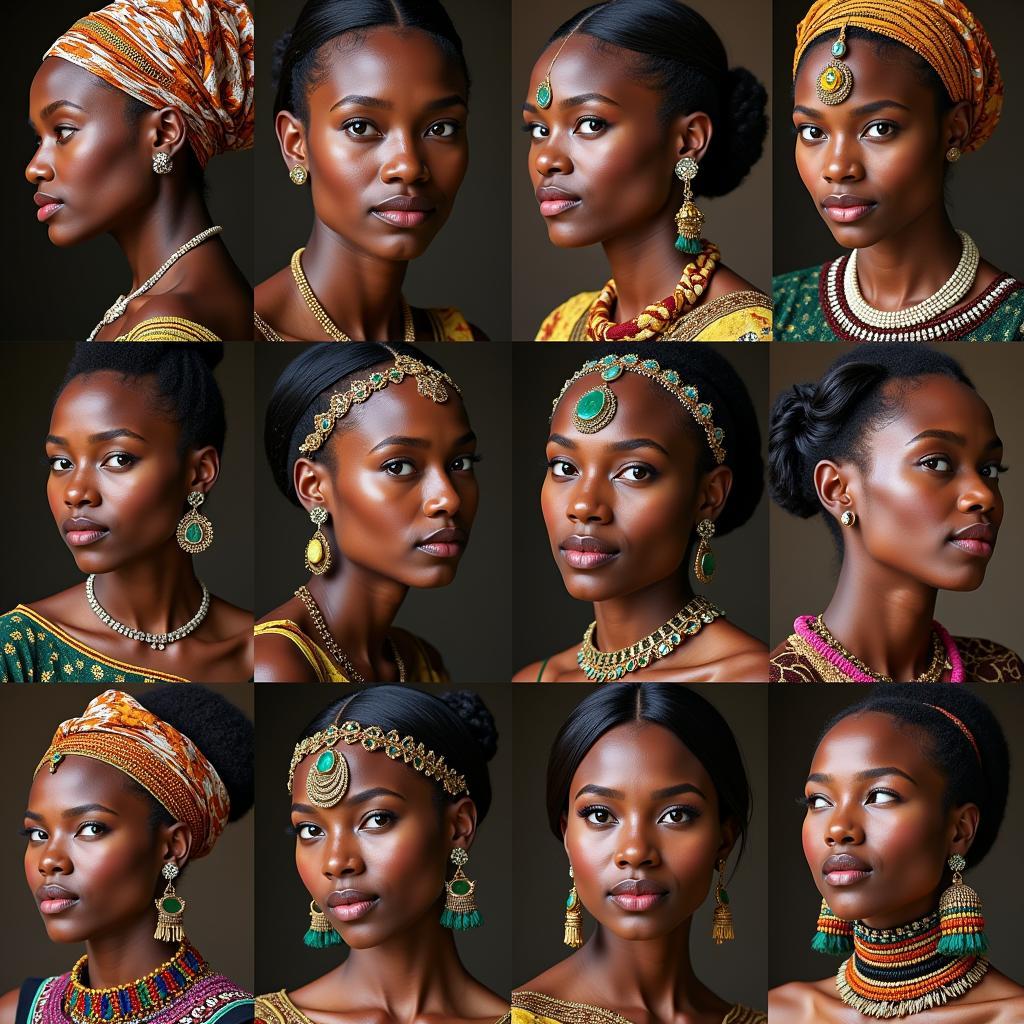African American Art Pictures: A Window into Black History and Culture
African American Art Pictures offer a powerful lens through which to explore the rich history, diverse experiences, and unique perspectives of Black people in America. From poignant portraits to abstract expressions, these visual narratives capture the essence of Black identity, struggles, triumphs, and dreams.
The Power of Visual Storytelling in African American Art
Art has always been a powerful tool for communication and self-expression, and for African Americans, it has played a particularly vital role in documenting and reflecting their journey. Through art, Black artists have given voice to the voiceless, challenged injustice, celebrated their heritage, and inspired generations. African American art pictures are not merely aesthetic creations; they are historical artifacts, cultural touchstones, and powerful statements that challenge viewers to confront the complexities of the Black experience.
Exploring Different Genres and Themes
African American art encompasses a wide range of styles, genres, and themes. From the Harlem Renaissance’s emphasis on Black identity and pride to the Black Arts Movement’s focus on social justice and liberation, each era has produced unique artistic expressions. Portraits, landscapes, still lifes, and abstract works all contribute to the rich tapestry of African American art.
Common themes explored in African American art pictures include:
- Identity and Representation: Artists grapple with the complexities of Black identity in America, exploring themes of race, beauty, and representation.
- Social Justice and Civil Rights: Art becomes a tool for activism, documenting the struggle for equality and justice, and giving voice to marginalized communities.
- African Heritage and Diaspora: Artists draw inspiration from their African roots, exploring themes of heritage, culture, and the African diaspora.
- Music and Spirituality: Music, dance, and spirituality play a significant role in African American culture and are often reflected in the vibrant and expressive nature of the art.
- Everyday Life and Experiences: African American artists depict the realities of Black life, from the joys and sorrows to the struggles and triumphs, offering intimate glimpses into their communities and cultures.
Influential African American Artists and Their Impact
Throughout history, numerous African American artists have made significant contributions to the art world, shaping artistic movements and influencing generations to come. Some of the most renowned figures include:
- Henry Ossawa Tanner: A pioneering painter who broke racial barriers in the late 19th and early 20th centuries, known for his landscapes and biblical scenes.
- Augusta Savage: A prominent sculptor and art educator during the Harlem Renaissance, known for her portraits of prominent African Americans.
- Jacob Lawrence: A renowned painter known for his narrative series depicting African American history and culture, particularly the Great Migration.
- Romare Bearden: A celebrated artist known for his collages that blended elements of cubism, social realism, and African art.
- Faith Ringgold: A renowned painter, sculptor, writer, and activist known for her narrative quilts that address themes of race, gender, and social justice.
- Kara Walker: A contemporary artist known for her silhouetted figures that explore the legacy of slavery and racism in America.
These artists, along with countless others, have used their art to challenge perceptions, spark conversations, and inspire change, leaving behind a powerful legacy that continues to resonate today.
“African American art is a testament to the resilience, creativity, and indomitable spirit of Black people,” says Dr. Amina Jackson, an art historian specializing in African American art. “It’s a visual language that speaks volumes about the complexities of the Black experience.”
Where to Find and Appreciate African American Art Pictures
Today, African American art is celebrated and exhibited in museums, galleries, and cultural institutions worldwide. From the Smithsonian National Museum of African American History and Culture in Washington, D.C., to the Studio Museum in Harlem, New York City, there are countless places to experience the power and beauty of these visual narratives.
Online resources:
- The Google Arts & Culture platform offers a vast collection of African American art pictures, allowing users to explore different artists, movements, and themes.
- The website for the National Museum of African American History and Culture provides a wealth of information and resources, including online exhibitions and digital collections.
- Omenka Magazine features articles on African American love art pictures and other aspects of African and Black art.
By engaging with African American art pictures, we open ourselves up to new perspectives, deepen our understanding of history and culture, and celebrate the power of art to inspire, educate, and connect us all.
Conclusion
African American art pictures provide a compelling and insightful journey into the heart of Black identity, history, and culture. These visual narratives serve as powerful reminders of the struggles, triumphs, and enduring spirit of Black people in America. By engaging with these works, we broaden our understanding of the world, celebrate artistic excellence, and contribute to a more inclusive and equitable future.
Explore the world of African American art pictures and discover the stories they have to tell. You might find yourself drawn to the vibrant colors and patterns of African hair braiding twist styles depicted in some artwork, or the powerful symbolism found in portraits and abstract expressions. For those seeking a personal connection to this rich cultural heritage, you can even find resources on African hair extensions near me or information about African American lace front wigs, reflecting the beauty and diversity celebrated in African American art. These visual narratives offer a powerful lens through which to appreciate the richness and complexity of Black culture and its lasting impact on the world.



